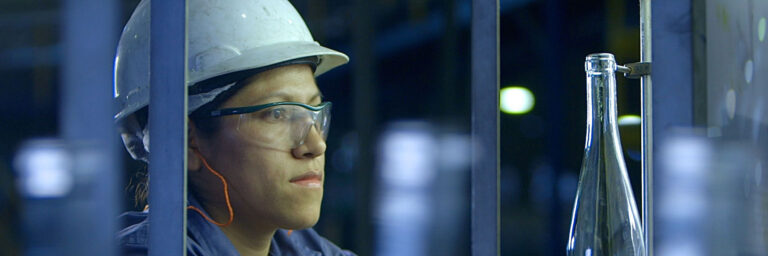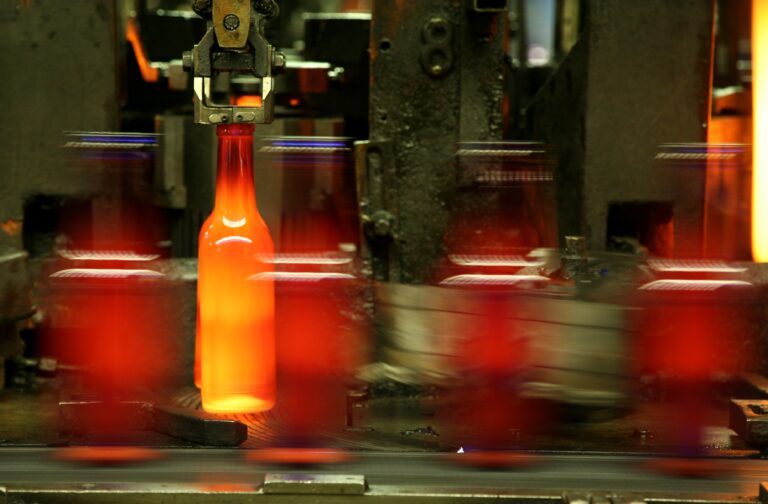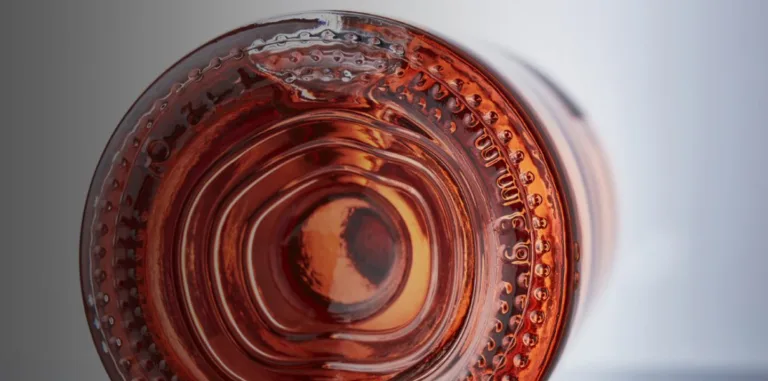The global pandemic made our homes the focal point of our social lives, our work lives, and for some, our school lives. Unable to go out to restaurants and bars, consumers learned new skills – baking, cooking, mixology — to recreate their favorite experiences at home (with a little, or a lot, of help from Pinterest, YouTube and Instagram).
Even as restrictions ease in parts of the world, as a food and beverage market analyst, I have no doubt that the events of 2020 will alter the way we eat and drink going forward. Two trends that will stick are the “at-home occasion” and consumer demand for hyper-convenience, particularly a consumer preference for alcohol to-go.
Takeout & Delivery Become ‘Essential’
In 2020, meal subscriptions and alcohol to-go took off. Brands embraced virtual engagements, like virtual wine and beer tastings. E-commerce experienced 10 years of growth in just 3 months.
Takeout and delivery have become an essential part of people’s routines, even more so than pre-2020. A survey by the National Restaurant Association during the pandemic found that 53% of adults in the United States said purchasing takeout or delivery was essential https://restaurant.org/search/?Keyword=2021-state-of-the-restaurant-industry-report to the way they live.
New habits consumers formed during the pandemic will not simply disappear as pandemic restrictions ease. The demand for the convenience of both alcohol-to-go and alcohol delivery is expected to stick.
Alcohol To-Go and Delivery Trends
Within weeks of lockdowns, consumers discovered they could have their favorite cocktails delivered right to their door. Powered by delivery platforms such as Drizly — which grew by 350% in 2020 – people built home bars and became amateur mixologists.
Restaurants survived by shifting to off-premises food service, streamlining menus, setting up outdoor dining, promoting discounts, offering meal bundles, and selling beer and cocktails to-go. The National Restaurant Association also found:
- 35% of off-premises customers age 21+ (53% of millennials) say they’d be more likely to choose a restaurant if they can get an adult beverage with their food order.
- Over 70% of U.S. casual and fine dining operators started offering alcoholic beverages for takeout or delivery since the beginning of the outbreak.
A sure sign that alcohol to-go is here to stay is legislation. In the United States, alcohol regulations are largely left up to individual states and local laws. More than a dozen states who passed temporary legislation to legally allow restaurants to sell alcohol to-go during the height of the pandemic have now made legislation permanent; at least another dozen more states have similar legislation on the table.
Alcohol Brands Create New Opportunities
As consumers recreate the on-premise experience at home, and legislation supports it, brands are beginning to look at opportunities to be part of the customer experience, and even creating new revenue streams.
Brands have a fresh opportunity to connect with consumers. California brewery Lagunitas helps customers recreate the taproom experience by offering Flight Packs To-Go. The https://www.elicit.wine/elicit/brands/evenly/evenly-flavor-box/5637287833.p Evenly Flavor Box and Usual Wines mixed packs are catering to the curious by allowing beginners to explore new products, styles and flavors from home. Wild Turkey teamed up with Amazon Alexa and Google Assistant to bring virtual tastings into consumer homes. The audio tour, which is led by the Russell family, guides listeners through the distilling process, whiskey styles, glassware; consumers can even unlock a special message from actor Matthew McConaughey.
On average, it takes 66 days for a new behavior to become a habit. Consumers will continue to gravitate towards the new-found offerings that make their lives both easier and elevated, and brands must innovate to meet them where they are now. Innovative packaging, variety packs, smaller sizes, and to-go solutions enable consumers to partake in experiential occasions as they continue to nest at-home while the world slowly returns to normal.








